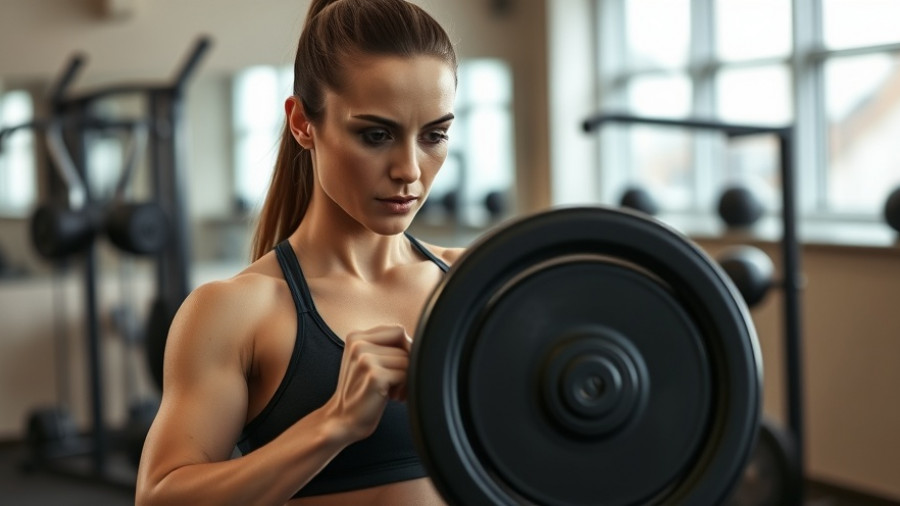
Inflation Eases: What It Means for Everyday Americans
In an unexpected turn of events, the inflation rate in the United States has dropped to 2.3%, marking the lowest level since early 2021, providing much-needed relief amid years of economic turbulence. This significant decrease is largely attributed to the reversal of Biden-era economic policies and a return to previous fiscal disciplines established under former President Trump. Core inflation, which measures the costs of goods and services excluding food and energy, remains steady at 2.8%.
Understanding the Factors Behind the Decline
The recent dip in inflation can be linked to multiple factors. For one, the decline in food prices and used vehicle costs has been a welcome change for families trying to navigate through increasing living expenses. Interestingly, while the overall story seems positive, shelter costs are still soaring, presenting a mixed bag for consumers who are trying to adjust their budgets accordingly. These dynamics underscore the complexities in the current economic landscape.
Key Policy Changes Driving Economic Changes
Critics of the Biden administration point to President Trump's trade policies and underlining fiscal discipline that they claim are responsible for curbing inflation. Tariffs and strategic trade negotiations are seen as pivotal methods through which the previous administration aimed to stabilize prices, making some economists hopeful that this trend will continue. However, looming risks from international trade tensions could spike prices again.
Future Outlook: Is This a Sustainable Trend?
While the current reduction in inflation rates is promising, it's prudent to consider the potential for future price hikes. Economic analysts warn against complacency, emphasizing that sustaining these lower inflation rates will depend on ongoing effective fiscal policies and the ability to manage supply chain modifications that continue to persist from global disruptions.
Emotional Impact on Consumers
The emotional toll of high inflation has left consumers feeling anxious and uncertain about their financial futures. As the cost of living fluctuates, many families are striving for stability in their spending habits. The latest figures, however, may provide a sense of hope, encouraging individuals to think positively about their financial choices. With inflation easing, people can explore more lifestyle improvements without the stress of mounting expenses.
Lower inflation represents not just a number but a significant shift in the economic narrative for families and professionals alike. As we move forward, it may also encourage a more thoughtful approach to personal finance, with individuals focusing more on investing in healthcare and wellness, aligning closely with essential lifestyle enhancements.
 Add Row
Add Row  Add
Add 




Write A Comment